



Argyll | unknown
Ardnamurchan in Argyll is the westernmost point on the British mainland. The name likely means the headland of ‘the sea hounds’ or ‘the great seas’ in Gaelic.

For hundreds of years Ardnamurchan was held by Norse Vikings who controlled the western seaboard of Scotland. In the twelfth century, Somerled, Lord of the Isles, took control of the area.
His descendants and others contested Ardnamurchan over the following centuries.
1929 OS map Sheet 46 Ardnamurchan & Loch Shiel. Reproduced with the permission of the National Library of Scotland. (CC BY NLS)
MacDougall’s support for John Balliol led to his downfall in the Wars of Independence, when his cousin Angus Og MacDonald, Lord of Islay, a supporter of Robert the Bruce, received many of his lands. This included Ardnamurchan, which he granted to his brother, Iain Sprangach ‘the Bold’. The MacIains continued to hold Ardnamurchan though they were at times deprived of it through clan warfare and rebellion against the Crown. The clan fought at the Battle of Harlaw in 1411 and Inverlochy in 1431.
Ardnamurchan Volcano © 2016 Anne Burgess (CC BY-SA 2.0)
when King James IV stayed there during his efforts to build a new order in the Isles. The MacIains supported the Crown’s military actions and were rewarded with lands including confirmation of Ardnamurchan and Mingary Castle. Over the following years, John MacIain was a firm supporter of his kinsmen, the Campbell Earls of Argyll, who the king had tasked with governing the Isles. However, when MacIain was killed in 1519, Argyll set out to control of Ardnamurchan himself.
Mingary Castle © 2003 Stuart Logan (CC BY-SA 2.0)
Increasingly, Argyll sought to take full control of Ardnamurchan through legal and military means. Finally, in 1625, following a rebellion and dispersion of the MacIains, the Earls of Argyll were formally confirmed in their possession of the Barony of Ardnamurchan.
David Scougall, Archibald Campbell [MacCailein Mòr Gilleasbaig Fiar-shùileach], 1st Marquess of Argyll, 1598 - 1661. Statesman|National Galleries of Scotland (CC BY-NC)
During the wars Alasdair MacColla MacDonald landed an Irish army at Ardnamurchan which he joined with Royalist forces under the Marquess of Montrose. Argyll rebelled against King James VII in 1685 but was captured and executed, with his lands forfeited to the Crown. His son Archibald, 10th Earl of Argyll, accompanied William of Orange’s invasion of 1688 and was restored to the family lands and titles. He was elevated to Duke of Argyll in 1701. His descendants remain prominent nobles to this day.
Ardnamurchan Lighthouse © 2013 Anne Burgess (CC BY-SA 2.0)







On the Cowal Peninsula, on the eastern shore of Loch Fyne in Argyll, stands the ancient Barony of Otterinverane. The Barony takes its name from the sandbank which juts out more than halfway across Loch Fyne, An Otir meaning ‘the long low promontory’ and Bharain, meaning ‘Baron’ in Gaelic, thus ‘the Baron’s Otter’. It was established formally into a barony by the Scottish Crown sometime between 1295 and 1395.

Argyll | unknown
Ardnamurchan in Argyll is the westernmost point on the British mainland. The name likely means the headland of ‘the sea hounds’ or ‘the great seas’ in Gaelic.
1929 OS map Sheet 46 Ardnamurchan & Loch Shiel. Reproduced with the permission of the National Library of Scotland. (CC BY NLS)
For hundreds of years Ardnamurchan was held by Norse Vikings who controlled the western seaboard of Scotland. In the twelfth century, Somerled, Lord of the Isles, took control of the area.
His descendants and others contested Ardnamurchan over the following centuries.
Ardnamurchan Lighthouse © 2013 Anne Burgess (CC BY-SA 2.0)
MacDougall’s support for John Balliol led to his downfall in the Wars of Independence, when his cousin Angus Og MacDonald, Lord of Islay, a supporter of Robert the Bruce, received many of his lands. This included Ardnamurchan, which he granted to his brother, Iain Sprangach ‘the Bold’. The MacIains continued to hold Ardnamurchan though they were at times deprived of it through clan warfare and rebellion against the Crown. The clan fought at the Battle of Harlaw in 1411 and Inverlochy in 1431.
Ardnamurchan Volcano © 2016 Anne Burgess (CC BY-SA 2.0)
when King James IV stayed there during his efforts to build a new order in the Isles. The MacIains supported the Crown’s military actions and were rewarded with lands including confirmation of Ardnamurchan and Mingary Castle. Over the following years, John MacIain was a firm supporter of his kinsmen, the Campbell Earls of Argyll, who the king had tasked with governing the Isles. However, when MacIain was killed in 1519, Argyll set out to control of Ardnamurchan himself.
Mingary Castle © 2003 Stuart Logan (CC BY-SA 2.0)
Increasingly, Argyll sought to take full control of Ardnamurchan through legal and military means. Finally, in 1625, following a rebellion and dispersion of the MacIains, the Earls of Argyll were formally confirmed in their possession of the Barony of Ardnamurchan.
David Scougall, Archibald Campbell [MacCailein Mòr Gilleasbaig Fiar-shùileach], 1st Marquess of Argyll, 1598 - 1661. Statesman|National Galleries of Scotland (CC BY-NC)
During the wars Alasdair MacColla MacDonald landed an Irish army at Ardnamurchan which he joined with Royalist forces under the Marquess of Montrose. Argyll rebelled against King James VII in 1685 but was captured and executed, with his lands forfeited to the Crown. His son Archibald, 10th Earl of Argyll, accompanied William of Orange’s invasion of 1688 and was restored to the family lands and titles. He was elevated to Duke of Argyll in 1701. His descendants remain prominent nobles to this day.








Contact
Forum for the Scottish Baronage, c/o Brodies LLP, Capital Square, 58 Morrison Street, Edinburgh EH3 8BP, Scotland UK
Copyright
Copyright 2022, Forum for The Scottish Baronage, as a collective work, all additional rights to content contributed and/or licensed contained herein are expressly reserved to such contributors and licensors as independently owned and protected copyrighted works.




